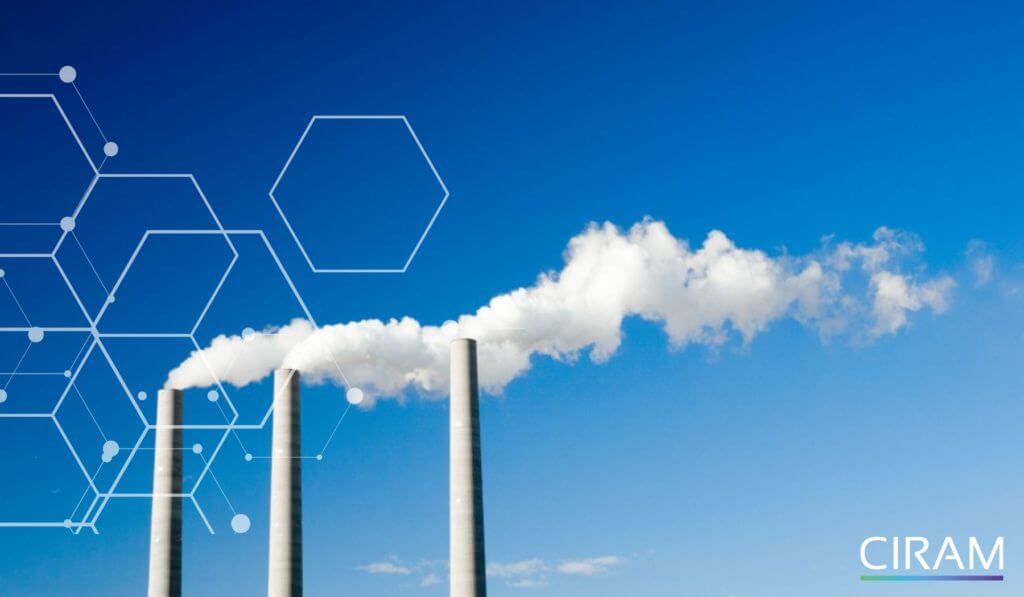Radiocarbon analysis of biogas and smoke
Radiocarbon analysis of biogas and smoke by CIRAM. Biogas offers new prospects for biofuels. In addition, the analysis of chimney smoke is one of the criteria for establishing the carbon footprint of industrial companies. Radiocarbon or carbon 14 will quantify the biogenic and fossil parts of these gaseous materials.

Specialists in carbon-14 analysis, CIRAM laboratories use ASTM D6866 to deliver results that comply with regulations. Discover without delay the contribution of radiocarbon to the analysis of biogas, but also industrial chimney fumes.
The principle of radiocarbon analysis
Biogas contain mainly carbon, hydrogen and oxygen. These elements can be quantified by elemental analysis, for example. But it is impossible to distinguish the biogenic or fossil origin of a hydrogen or oxygen atom. However, it is possible to do so for carbon. The 14 isotope of carbon is unstable, so it changes over time. Its concentration is halved every 5,730 years, a process known as half-life”. After 10 periods, carbon 14 has completely disappeared. Natural gas comes from the decomposition of organic materials over millions of years, well beyond the 10 periods of carbon 14, i.e. around 60,000 years. Natural gas therefore no longer contains any carbon 14. Conversely, today’s biomass has a full reserve of carbon-14, known as “modern carbon”. Radiocarbon analysis is used to quantify the proportion of biosourced or biogenic carbon (modern) and fossil carbon (ancient) present in biogas.
